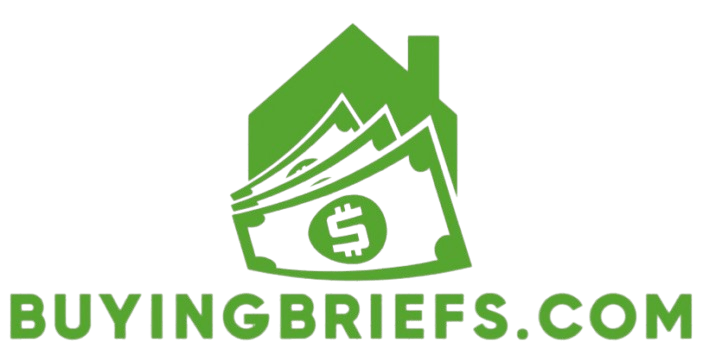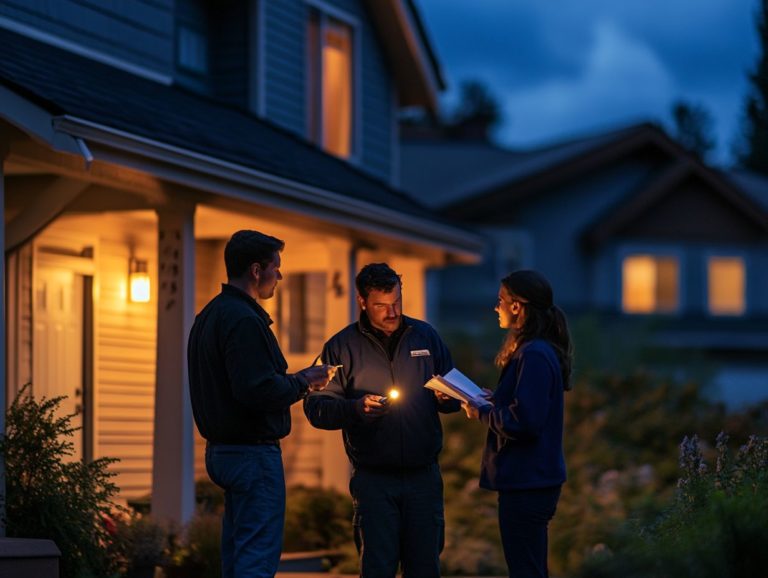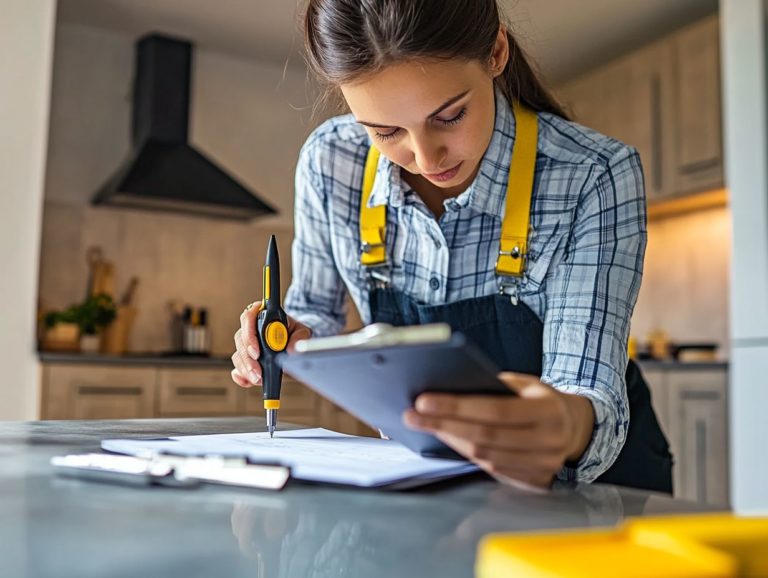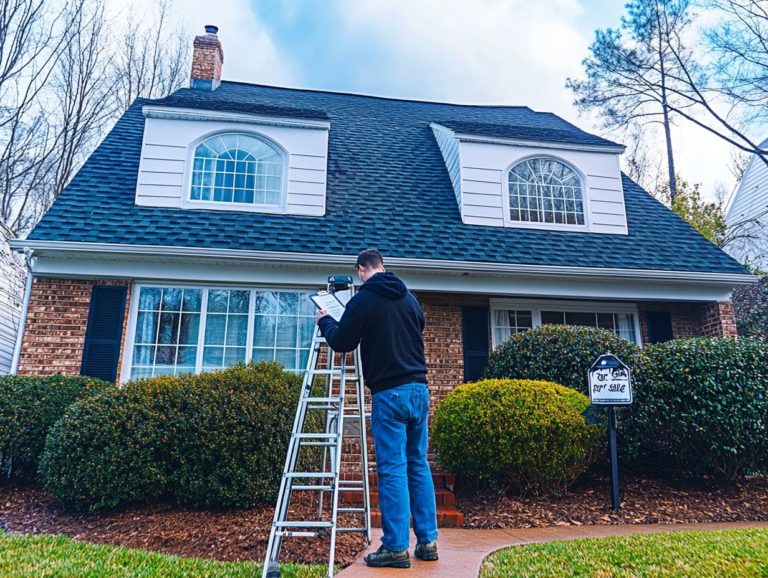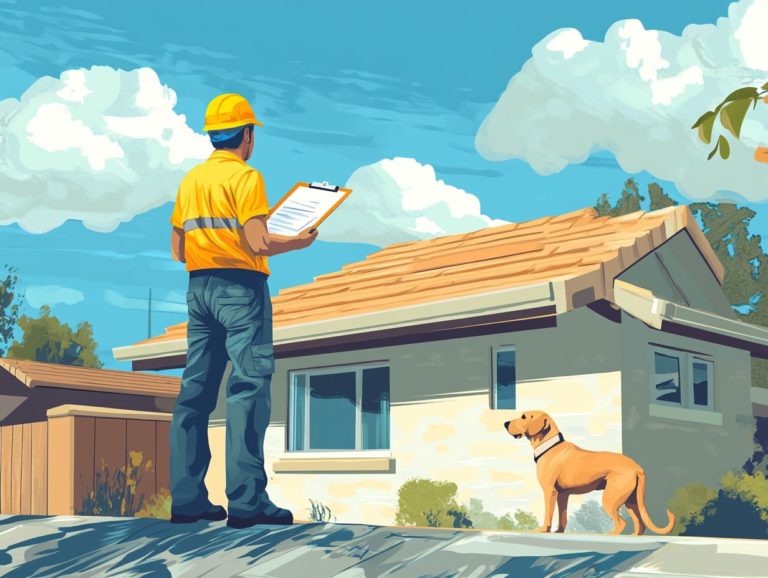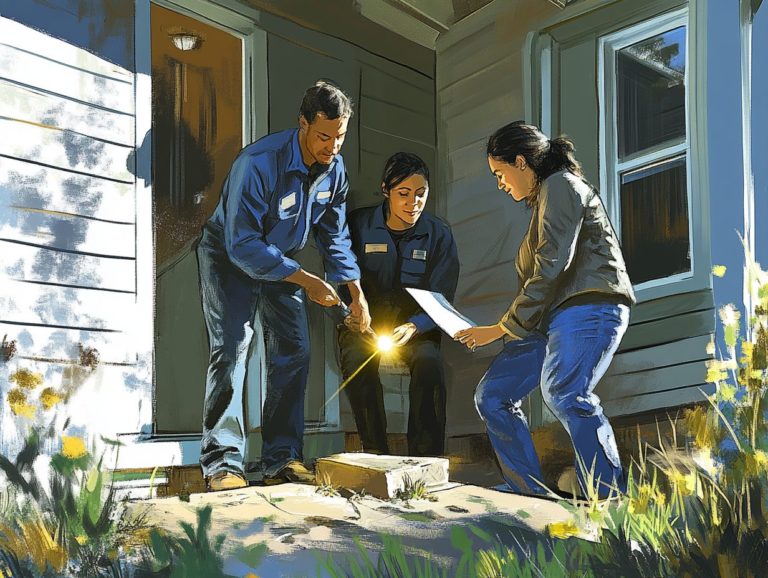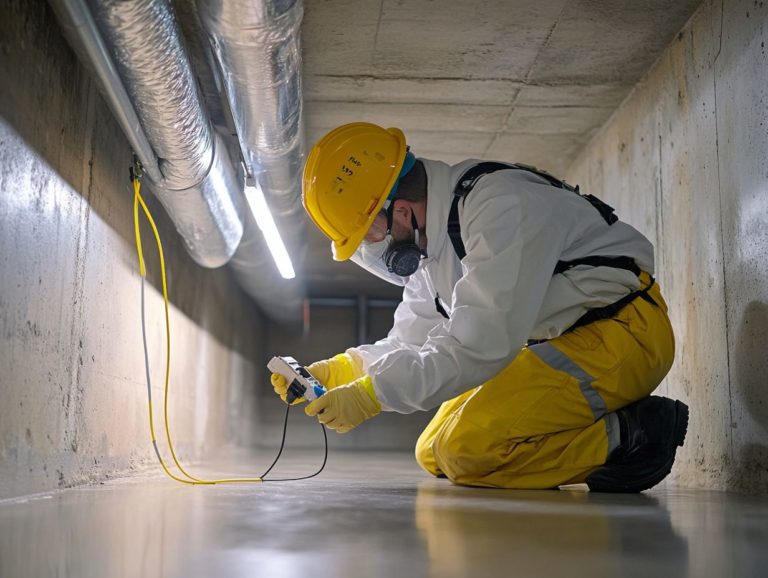Understanding Home Inspection Protocols
When you’re in the market to buy or sell a home, having a solid grasp of the home inspection process is essential.
This guide delves into the key aspects of home inspections, covering their purpose, significance, and the different types you may encounter. It will walk you through how to prepare for an inspection and what to expect during the process.
Additionally, it helps you interpret the inspection report and recommends next steps for addressing any findings. Whether you re a first-time buyer or a seasoned seller, this overview will arm you with the knowledge needed to navigate home inspections confidently.
Contents
- Key Takeaways:
- What is a Home Inspection?
- Types of Home Inspections
- Preparing for a Home Inspection
- What to Expect During a Home Inspection
- Common Findings During a Home Inspection
- Understanding the Inspection Report
- Next Steps After a Home Inspection
- Frequently Asked Questions
- What is the purpose of understanding home inspection protocols?
- What types of things are typically examined during a home inspection?
- Are there any specific protocols for home inspections in different regions?
- Who is responsible for conducting a home inspection?
- Do home inspection protocols cover cosmetic issues?
- Is it necessary to be present during a home inspection?
Key Takeaways:
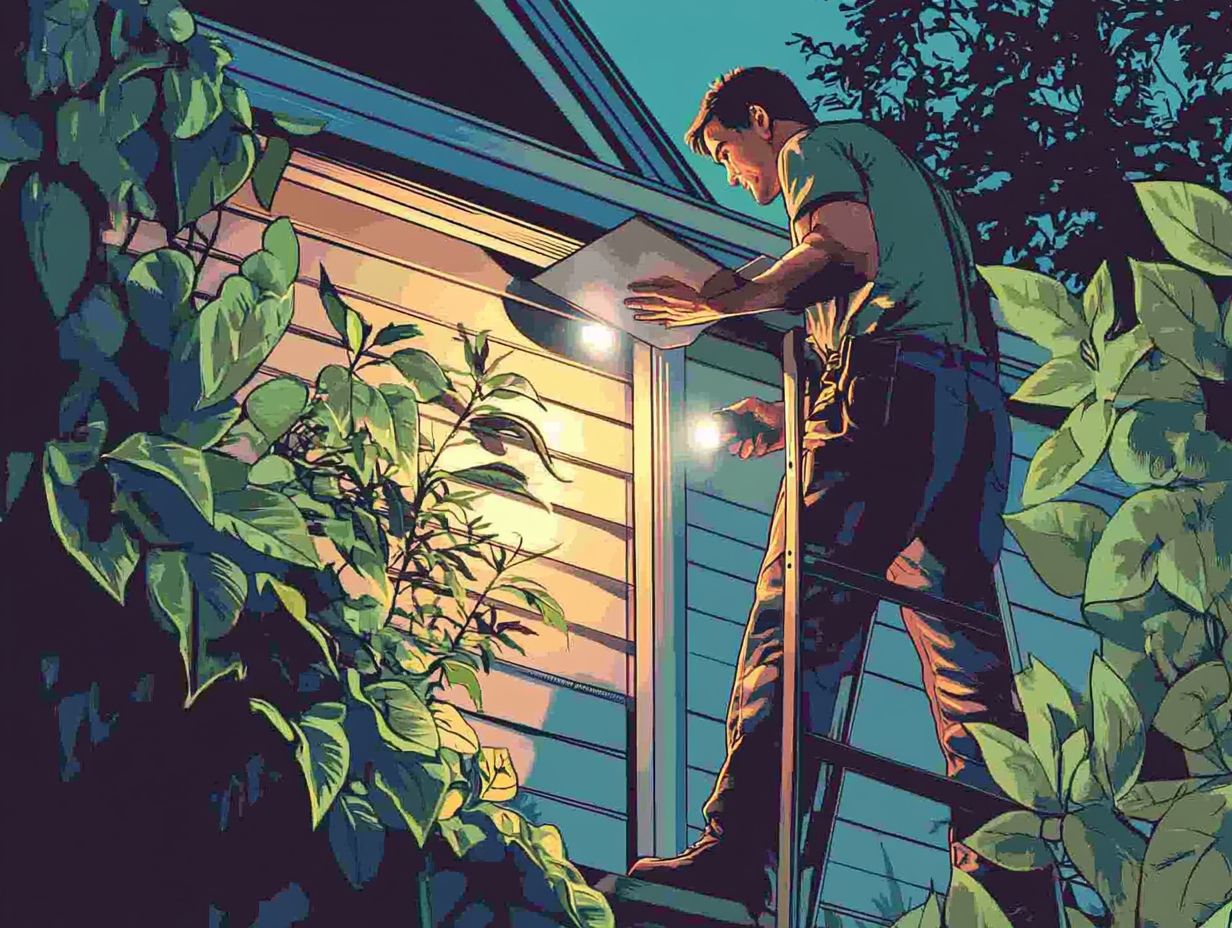
A home inspection is a crucial step in the home buying process, providing valuable information and peace of mind to potential buyers.
Understand that different types of home inspections and protocols exist, so it’s important to find the one that best suits your needs. For more information, refer to this guide on understanding the home inspection process.
Thoroughly preparing for a home inspection and understanding the process is paramount, as is carefully reviewing the home inspection reports and taking appropriate next steps.
What is a Home Inspection?
A home inspection is a detailed check of a residential property performed by a qualified inspector. It assesses the overall condition and identifies any serious problems that could raise safety concerns, making it crucial to understand the home inspection process.
This detailed check looks closely at key systems like electrical, plumbing, heating, and cooling, along with structural elements such as the foundation, roof, attic, and fireplace.
By scrutinizing the visible portions of the property and documenting past conditions, the inspector creates a detailed report that highlights areas of concern and outlines significant issues requiring attention.
This ultimately offers invaluable insights for both home buyers and sellers.
Purpose and Importance
The purpose of a home inspection is to ensure the safety and integrity of a residential property by identifying potential issues before you engage in a sale or purchase.
This process protects you as a buyer from unforeseen defects that could lead to costly repairs down the line. It also helps sellers understand the condition of their homes, giving them the power to tackle any concerns before hitting the market.
By conducting a detailed check, you can uncover hidden problems ranging from structural damage to plumbing issues that may significantly impact the property’s value.
The inspection reports generated are invaluable assets during real estate negotiations, equipping both you and the seller with essential data needed to make informed decisions and arrive at mutually beneficial agreements.
Types of Home Inspections
You ll find various home inspections designed to assess different aspects of a residential property.
These include standard inspections, which cover the essentials, as well as specialized inspections that focus on specific systems. More comprehensive assessments leave no stone unturned.
Overview of Different Inspection Protocols
Different inspection protocols outline specific standards and procedures that inspectors follow when assessing various aspects of a property, making understanding home inspection standards crucial for buyers.
These protocols cater to diverse needs, ensuring a thorough evaluation of every component of the property. For example, some inspections focus mainly on foundational issues, helping pinpoint structural vulnerabilities that could jeopardize safety. To gain a deeper insight into this process, consider reviewing understanding home inspection standards and practices.
Others specifically target mechanical systems, such as electrical and plumbing, evaluating their functionality and adherence to safety standards. By adhering to specialized protocols, inspectors provide insights, including what to know about home inspection policies, that inform potential buyers and empower homeowners to maintain their properties more effectively.
Preparing for a Home Inspection
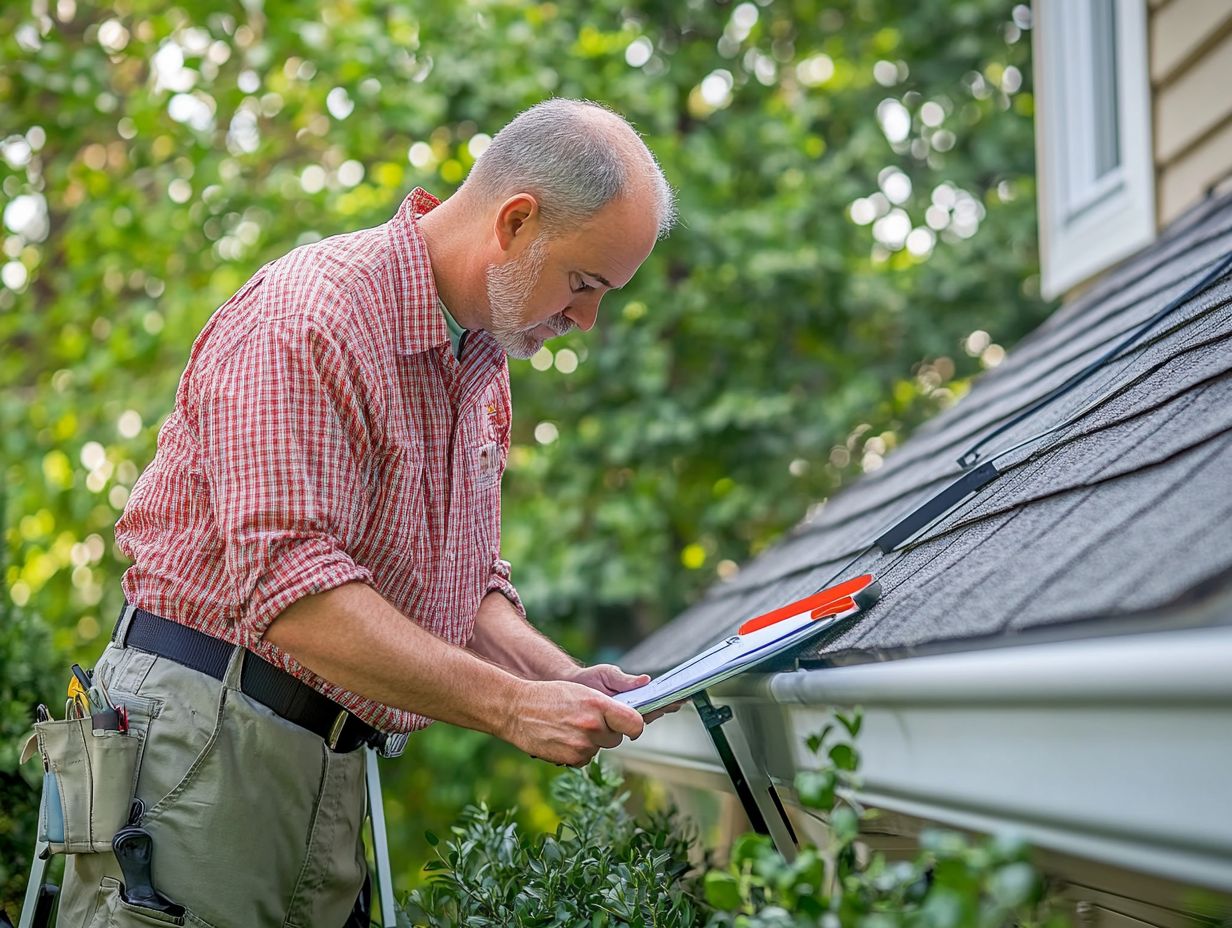
Preparing for a home inspection is crucial for both you and the inspector. It ensures that every accessible area of the property can be meticulously assessed for material defects and safety concerns, which is why understanding the basics of home inspections is so important.
This preparation not only facilitates comprehensive evaluations but also contributes to a smoother inspection process overall.
Steps to Take Before the Inspection
Before a home inspection, you can take several proactive steps to ensure the process goes smoothly and provides you with valuable insights. These actions not only facilitate a thorough evaluation by the inspector but also grant you peace of mind as a homeowner.
Begin by tackling any obvious repairs think leaky faucets or patched-up holes in walls to enhance the overall appearance of your home. It s equally important to ensure easy access to critical systems like Heating, Ventilation, and Air Conditioning (HVAC), plumbing, and electrical panels. Blocked areas might hide problems that you would rather not discover later.
Gathering documents on past inspections and repairs helps create transparency. This approach can lead to a more productive inspection experience.
What to Expect During a Home Inspection
During a home inspection, you can anticipate a thorough evaluation of the property, as the inspector carefully notes various components and systems throughout the process.
Process and Timeline
The home inspection process usually unfolds over a few hours. During this time, the inspector conducts a meticulous evaluation and crafts a detailed report summarizing their findings.
The inspector will scrutinize various aspects of your property, including the roof, plumbing, electrical systems, and foundation. To ensure a seamless inspection experience, it’s wise for you to make all areas such as attics, basements, and crawl spaces easily accessible. This preparation allows the inspector to carry out a comprehensive evaluation without any unnecessary delays.
Typically, you can expect the inspection process to be divided into several distinct phases:
- Initial assessments
- Detailed examination
- Post-inspection report preparation
With a thorough report delivered within 24 to 48 hours after the evaluation is complete, you should anticipate receiving a clear outline of any issues detected, along with recommendations for repairs or further evaluations if necessary.
Common Findings During a Home Inspection
Home inspections can reveal surprising issues some minor, some serious that you need to know about. These findings span from minor maintenance tasks to significant issues that could affect both the safety and value of your residential property.
Issues to Look Out For
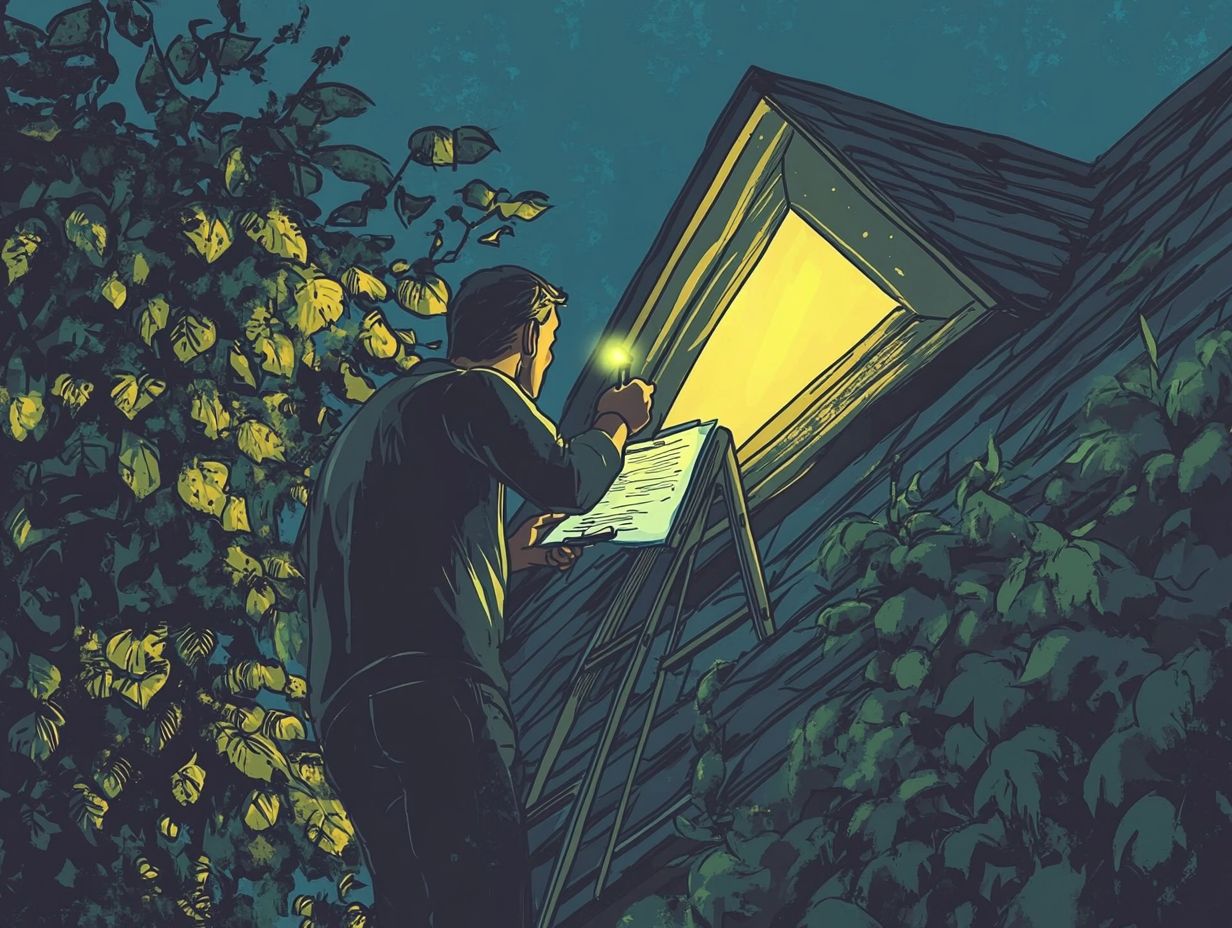
During a home inspection, it s crucial for you to keep an eye out for several key issues that both inspectors and clients should be particularly vigilant about defects in structural components and failures within essential systems like electrical and plumbing.
These concerns not only impact the immediate livability of the property but can also lead to significant safety hazards and long-term financial implications. For instance, if mold goes undetected from plumbing leaks, it could pose serious health risks. Similarly, outdated electrical wiring may create fire hazards, and compromised foundations or framing can undermine the property s overall integrity, ultimately affecting its market value.
Make sure to tackle these issues during your home inspection! By properly addressing them, you ensure that prospective homeowners can make informed decisions about understanding the home inspector’s role, safeguarding their investment and providing peace of mind regarding their living environment.
Understanding the Inspection Report
Grasping the inspection report is essential for you, as it offers a thorough summary of the inspector’s findings. It highlights areas of concern and gives clear steps on what to fix next.
Interpreting Results and Recommendations
Interpreting the results of an inspection report demands your careful attention to both the major issues and safety concerns highlighted by the inspector, along with their recommendations for resolution.
By dedicating time to assess the severity of each identified problem, you can create a prioritized list that addresses the most pressing repair needs first. This strategy not only enhances the safety and functionality of your property but also ensures that your resources are allocated efficiently.
Recognizing the importance of following the inspector s guidance is crucial, as it can prevent minor issues from escalating into significant hazards. Implementing regular maintenance recommendations strengthens the integrity of your structure and prolongs its lifespan, ultimately creating a safer environment for everyone involved.
In conclusion, understanding the inspection process is vital. It impacts both the safety and value of your home, ensuring you make informed decisions about any necessary repairs and maintenance.
Next Steps After a Home Inspection
After a home inspection, you will navigate several important steps. Address any issues and talk to the sellers effectively.
Addressing Issues and Negotiating with Sellers
Addressing issues found during a home inspection can greatly affect your deal. Be proactive as you navigate repair requests and cost adjustments.
Review the inspection report and prioritize the highlighted concerns. Identify which repairs are necessary and which can be negotiated.
Communicate clearly with sellers about required repairs. This creates a collaborative atmosphere for effective negotiations.
Equip yourself with market analysis data to support your repair requests. This helps reach a fair solution that addresses all concerns.
Frequently Asked Questions
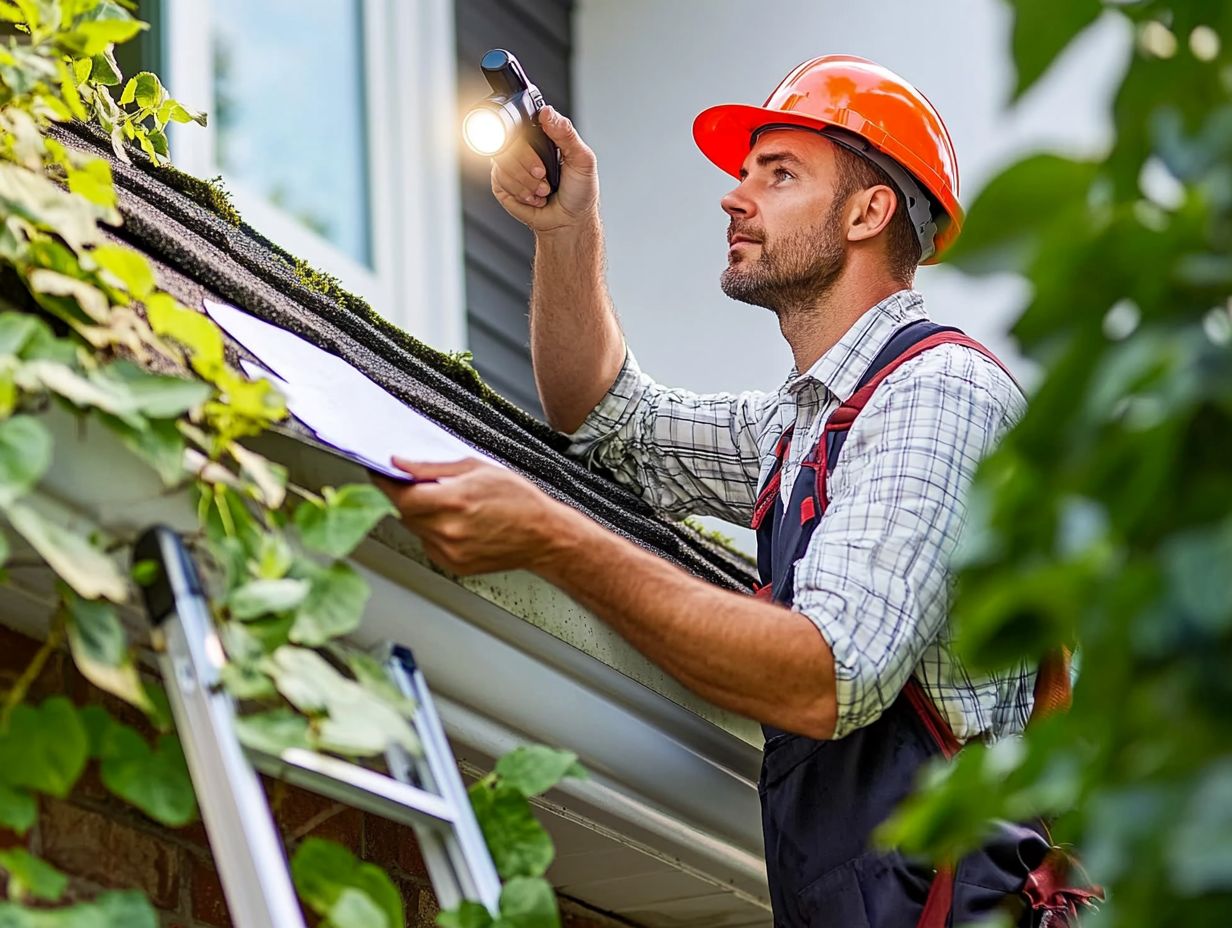
What is the purpose of understanding home inspection protocols?
Understanding home inspection protocols is key for buyers and sellers, as it provides guidelines for evaluating a home’s condition.
What types of things are typically examined during a home inspection?
Home inspections cover many components like the foundation, roof, plumbing, and electrical systems. The goal is to assess the overall condition and find potential issues.
Are there any specific protocols for home inspections in different regions?
While the process is generally the same, protocols may vary by location. For instance, homes in earthquake-prone areas may have additional checks for stability, which can be crucial in understanding the process of home inspections.
Who is responsible for conducting a home inspection?
A licensed and certified home inspector conducts the inspection. They have the expertise to thoroughly assess the home and provide a detailed report.
Do home inspection protocols cover cosmetic issues?
Home inspections focus on structural and functional aspects. Cosmetic issues, like paint color, are usually not included unless they indicate a larger problem.
Is it necessary to be present during a home inspection?
While not required, being present is highly recommended. You can ask questions and understand potential issues better.
